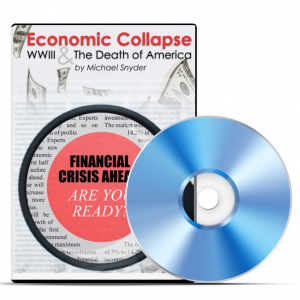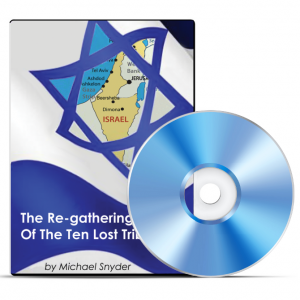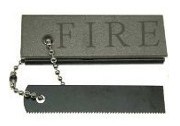
 More than ever before, people are considering alternative energy solutions for their homes. There are many reasons for this. Some people are tired of the constantly increasing cost of electrical power. Others want to do something positive for the environment.
More than ever before, people are considering alternative energy solutions for their homes. There are many reasons for this. Some people are tired of the constantly increasing cost of electrical power. Others want to do something positive for the environment.
Whatever the reason is, alternative energy is here to stay, and this article will examine some of the pros and cons for some of the most common alternative energy solutions out there today.
Wind Energy
Wind appeals to a lot of people because it is a very clean source of energy. There are no harmful emissions, so it is one of the most environmentally friendly sources of energy in existence.
Two of the best things about wind energy are that we will never run out of wind and a typical wind energy system does not require much maintenance.
However, wind is only a practical solution in certain areas. If you live in an area without constant windy conditions it may not make sense for you.
In addition, the blades of some windmills are a threat to birds and other wild life. Also, wind is not an energy source that can be counted on consistently, so most people use it only as an energy supplement rather than a complete replacement.
Solar Power
The sun is the greatest source of power in our entire solar system. The power from the sun is free and it is efficient.
If you live in an area that has regular sunny weather, solar power could be a very realistic solution for you. But it does not work nearly as well in areas that don’t get a lot of sun.
In addition, solar power can be very expensive to set up for your home. While the long term benefits of solar can be substantial, the initial investment can be very intimidating for many.
Geothermal Energy
The EPA has said that geothermal energy is one of the most energy efficient, environmentally clean, and cost effective home energy sources in existence.
Geothermal energy will always be there, it does not produce harmful emissions and a typical geothermal system does not require much maintenance.
However, geothermal energy is only available in a limited number of areas. It is not a universal solution. Also, there is a possibility that groundwater will be contaminated by a geothermal system.
In addtion, many prime geothermal reservoirs are located in pristine wilderness areas, and therefore tapping into that source of energy would mean disrupting the natural balance in those areas.
Micro-Hydro Power
Most Americans do not even know that this is a potential energy solution for their homes. Micro-hydro can be a great way of harnessing renewable energy from small streams if it is done correctly.
Micro-hydro is a very efficient energy source, and it only takes a small flow of water to generate electricity. Also, it is very reliable source of power, as a typical stream runs 24 hours a day.
Micro-hydro is very inexpensive to set up – often just costing a few thousand dollars for a small home.
However, ther are some serious drawbacks to micro-hydro power.
First of all, in order to take full advantage of micro-hydro power, a suitable location is required. If you home is not located anywhere near a suitable stream, then micro-hydro will probably not work for you.
Also, if the stream near your home fluctuates seasonally it could cause problems. Often it is during the summer months that there is less flow and therefore less power output. If that is the case then you will need to have an alternative energy solution during the summer.
Finally, micro-hydro can have a negative environmental impact on the stream being harnessed, so it is important to evaluate that before getting started.
Conclusions
Even though there are obstacles, the reality is that alternative energy is here to stay. Most people than ever want to be “environmentally friendly” and there is a growing desire among many Americans to want to live “off the grid” and independent of the local power company.
Personally, we very much hope to have a solar-powered home someday, and after reading this short article hopefully some of you have been inspired to consider alternative energy as well.









